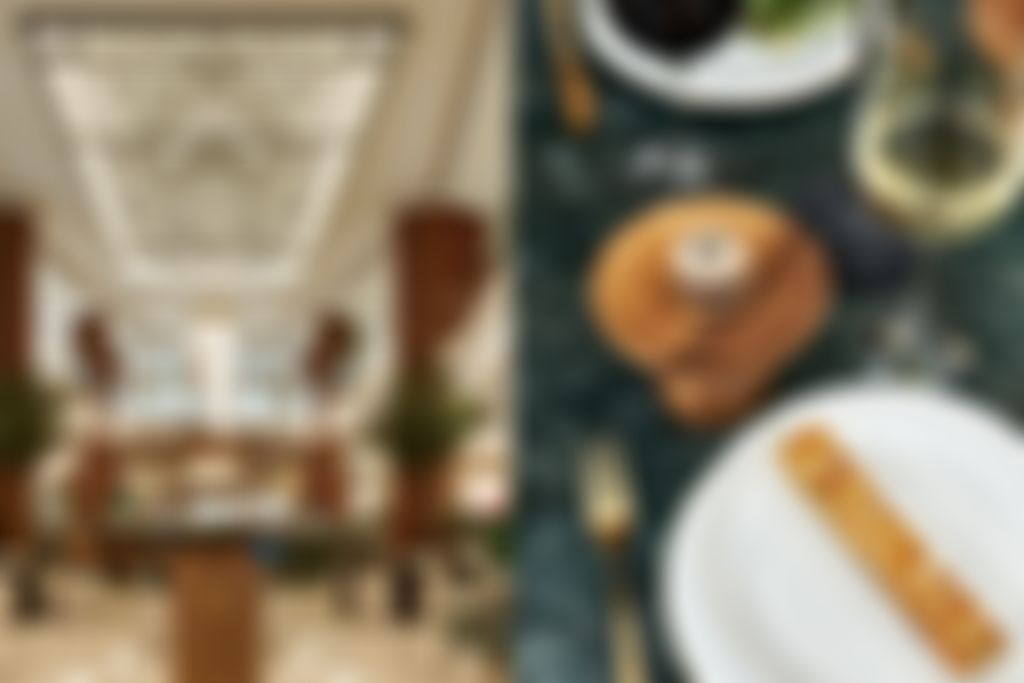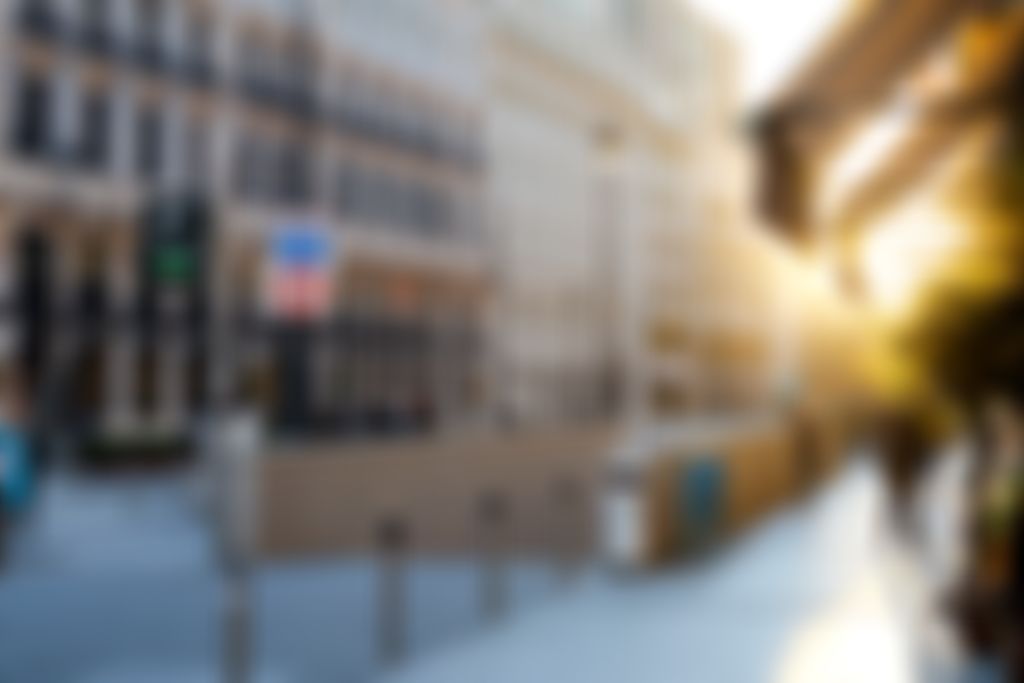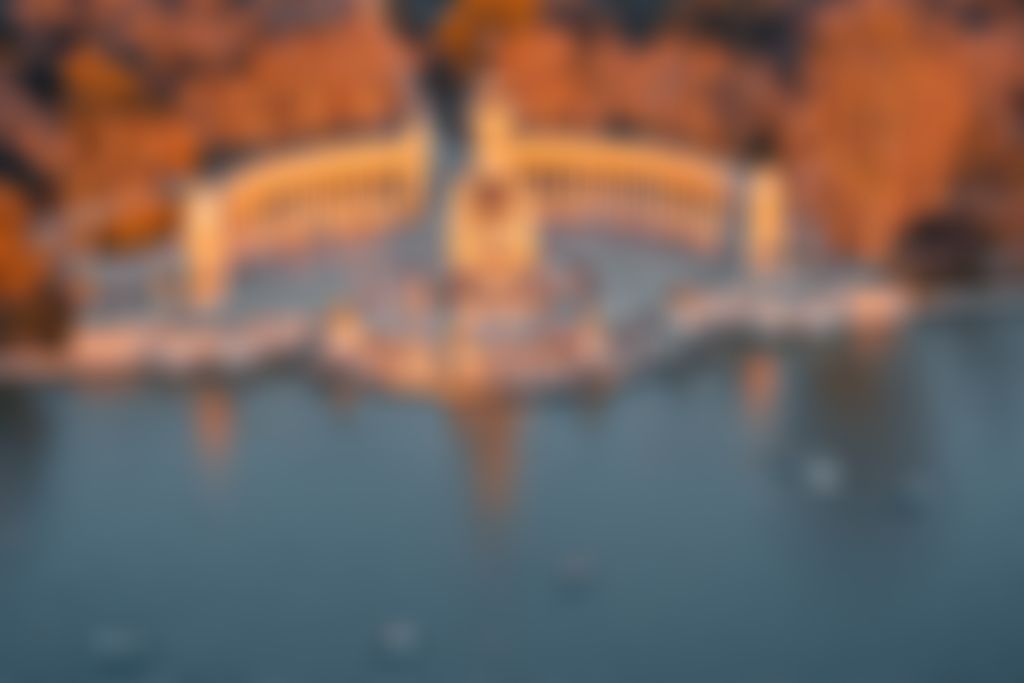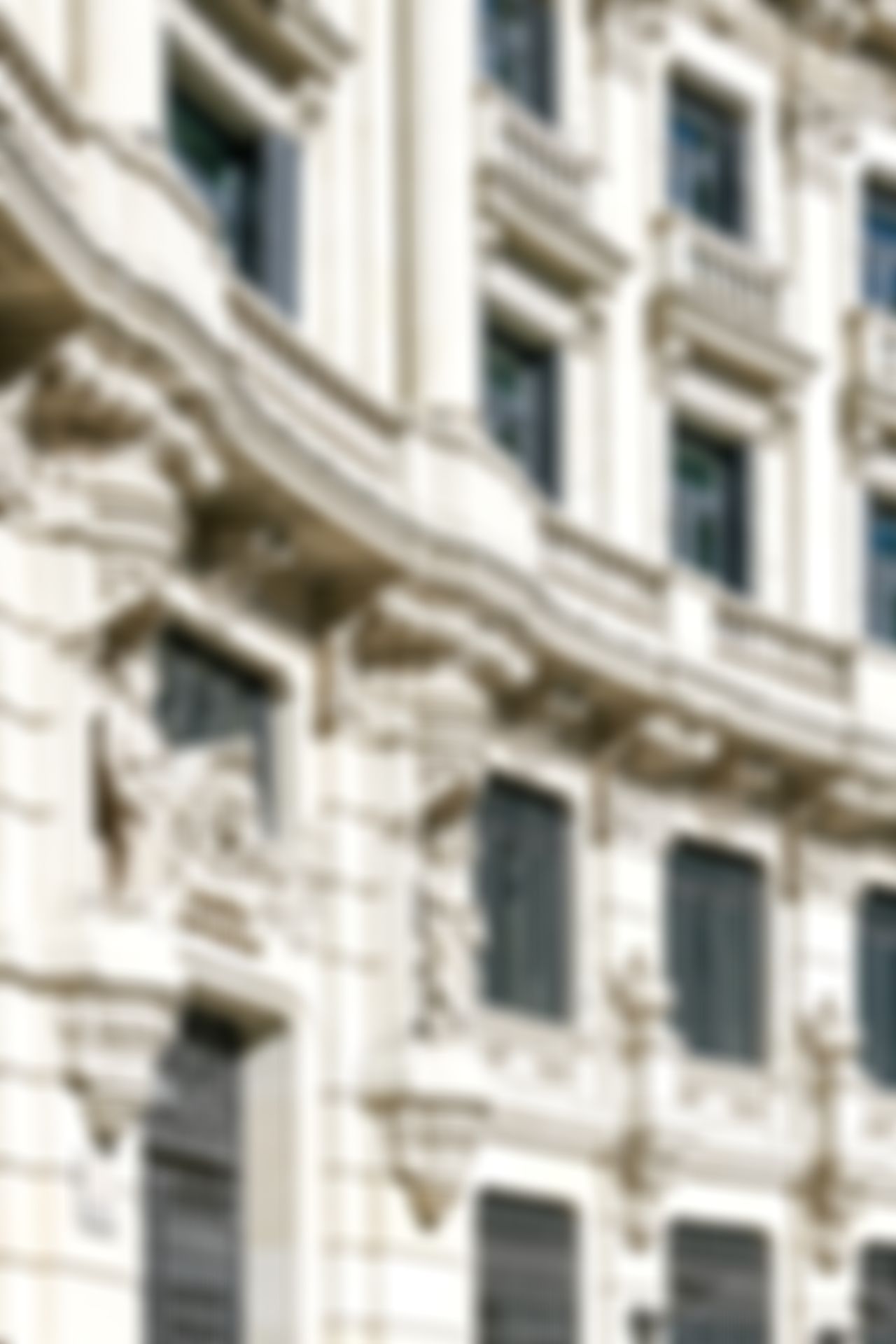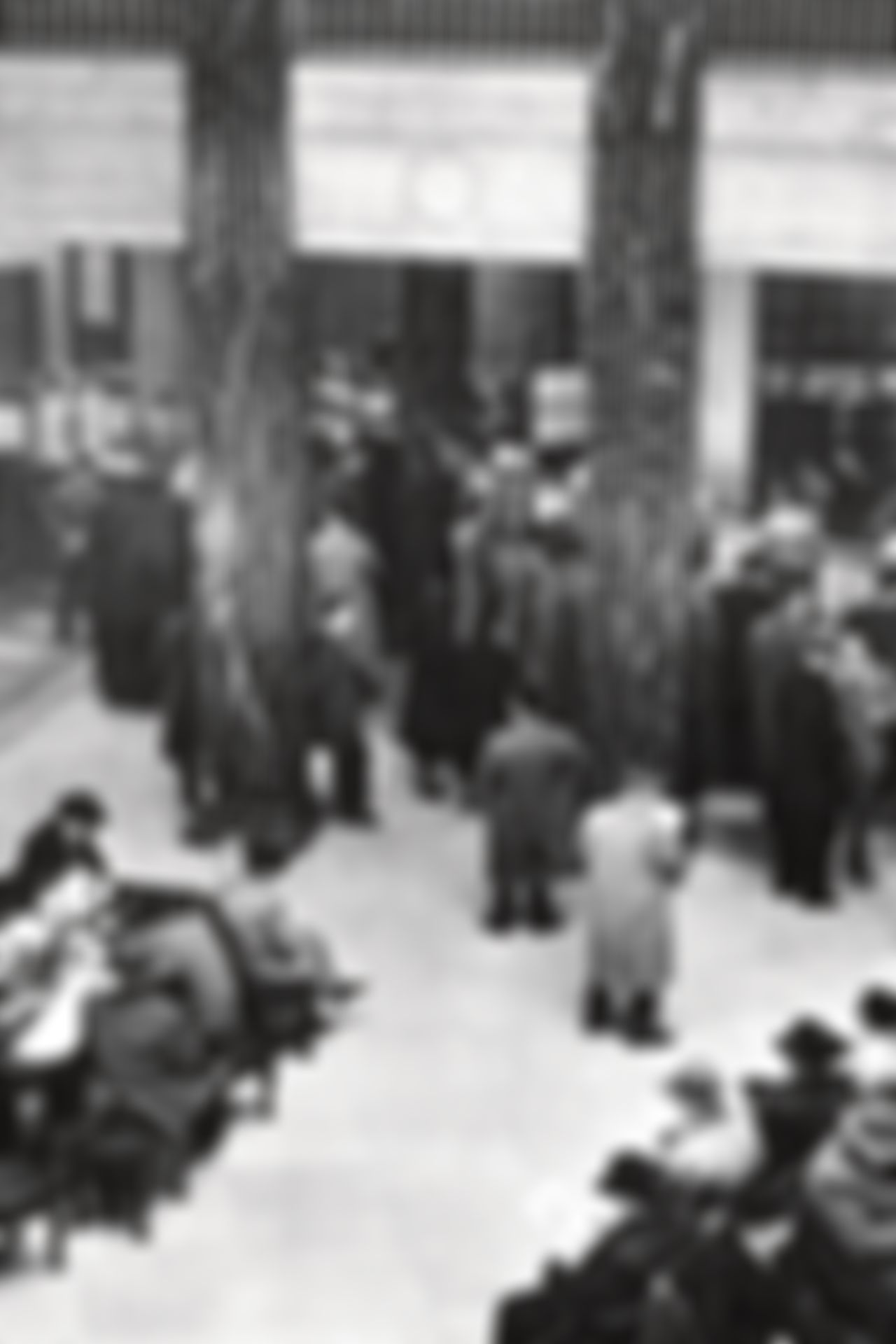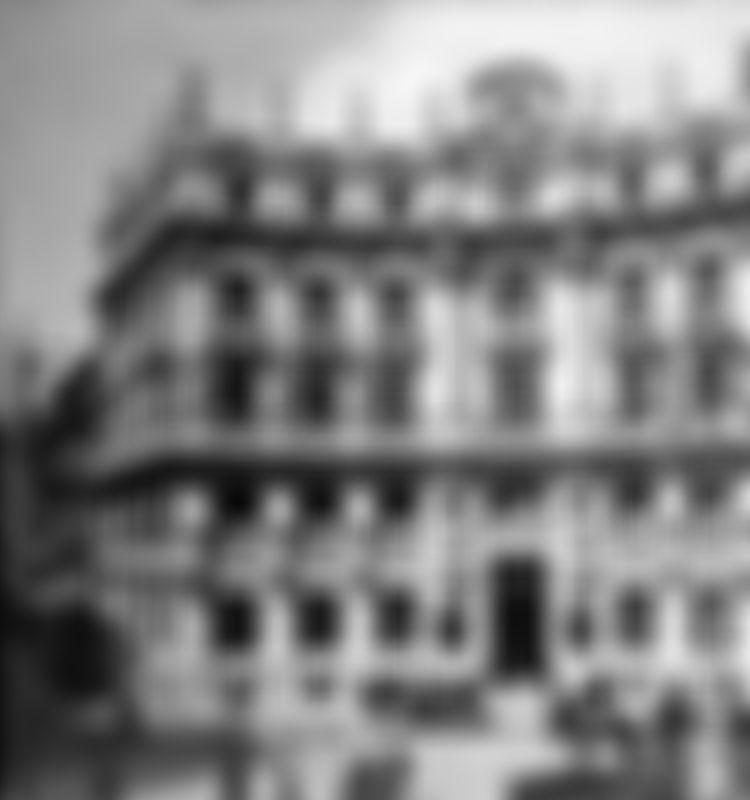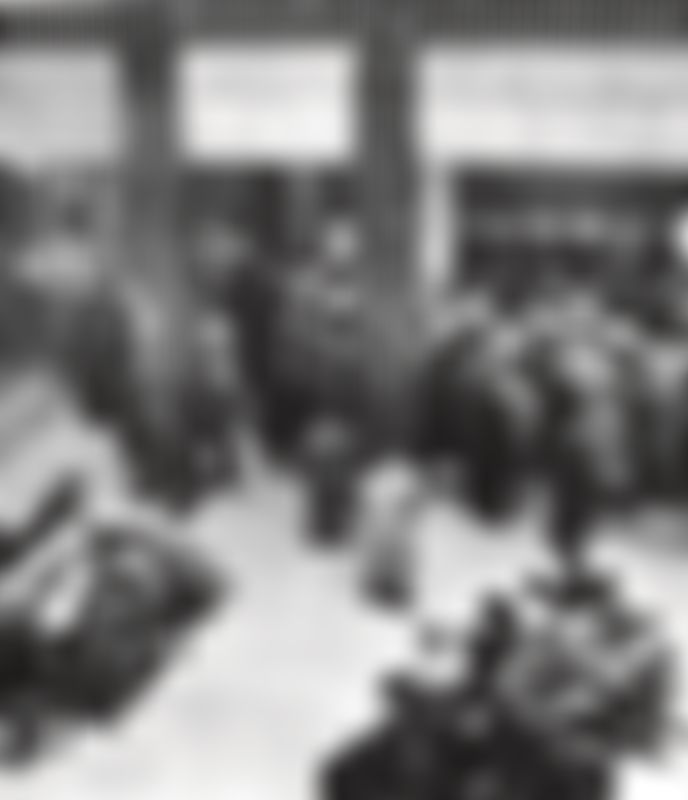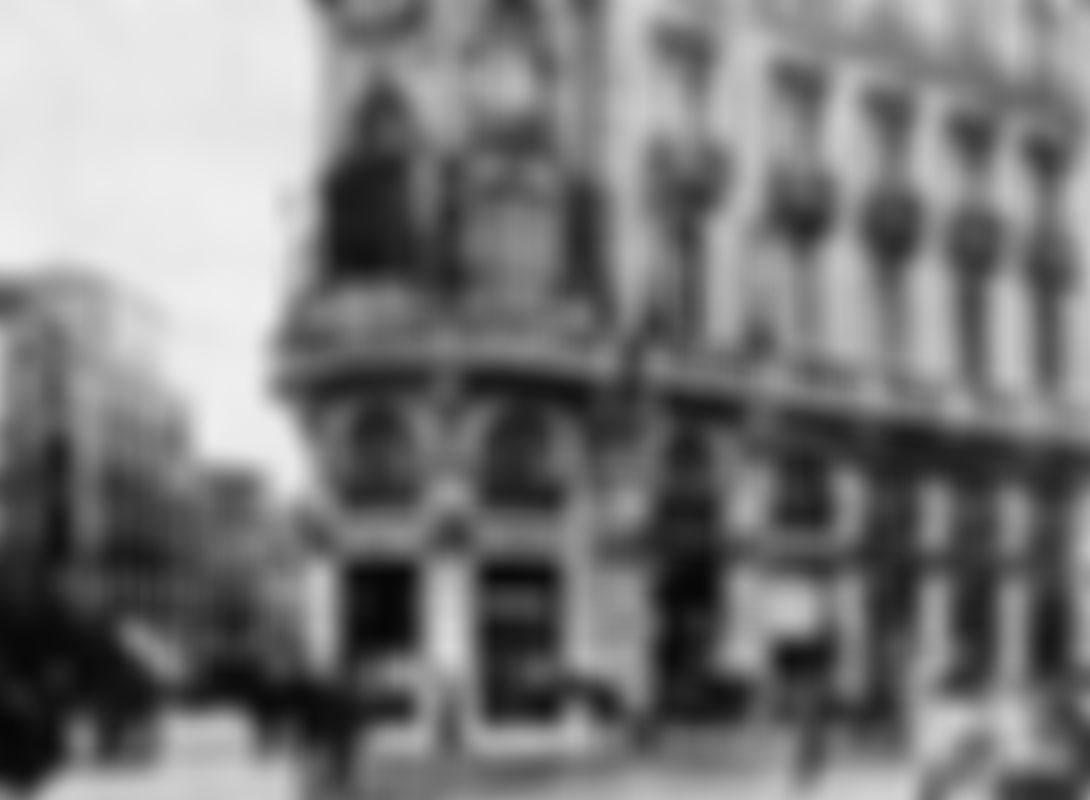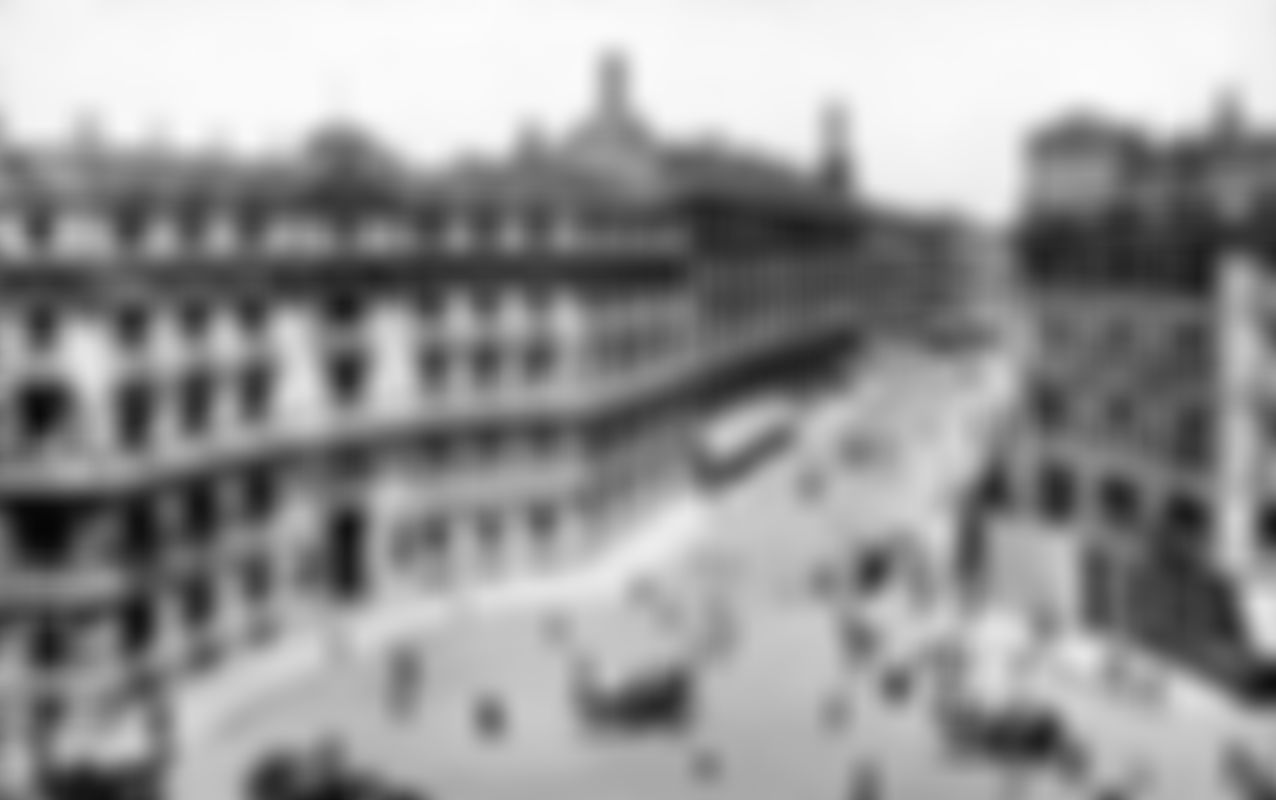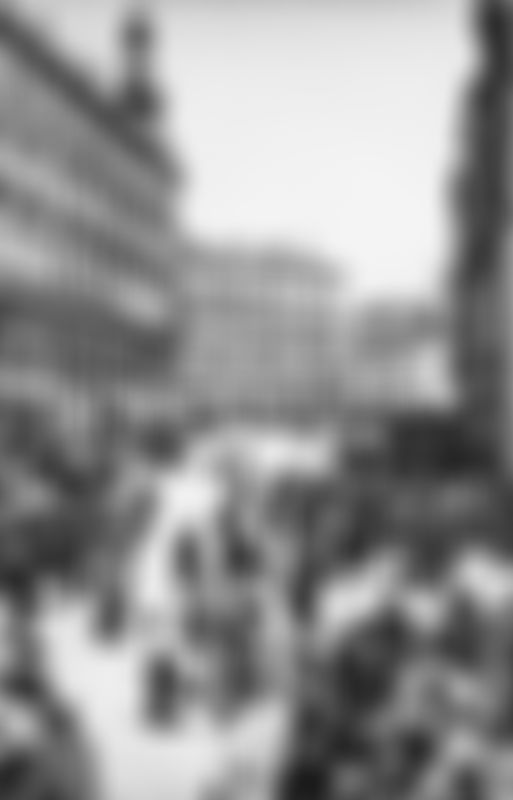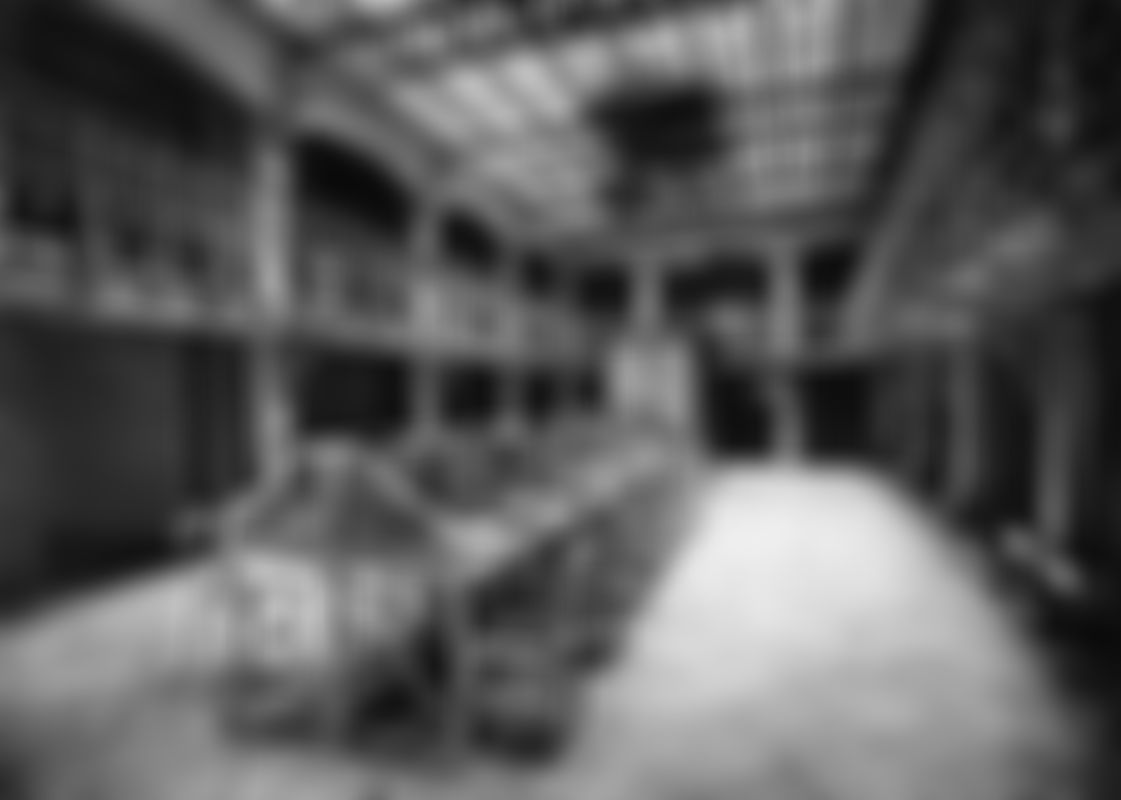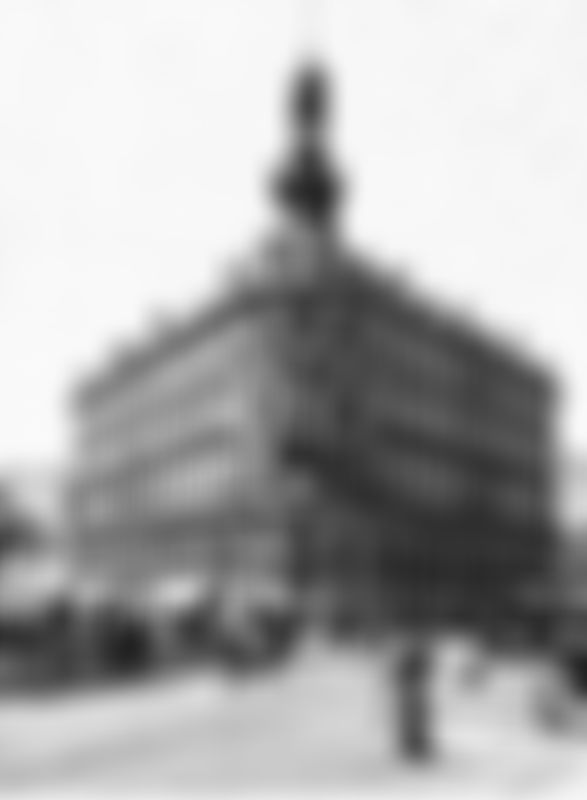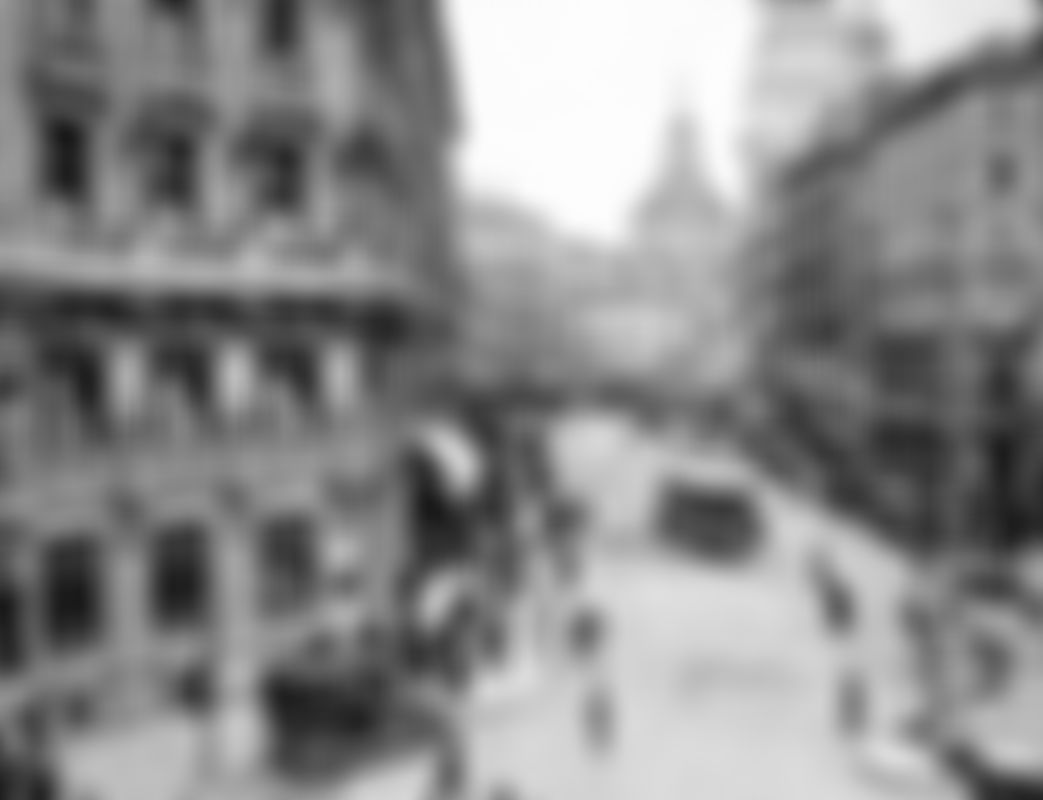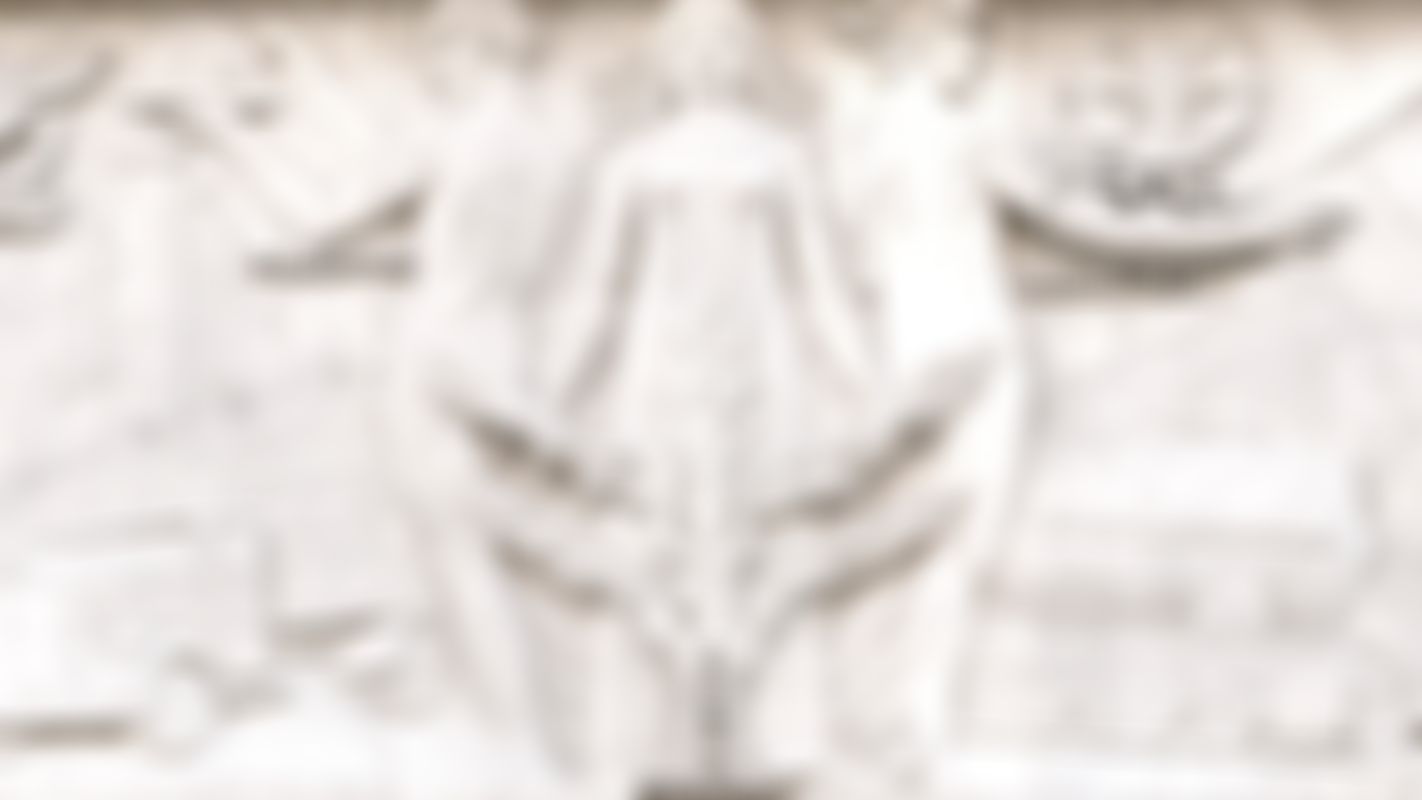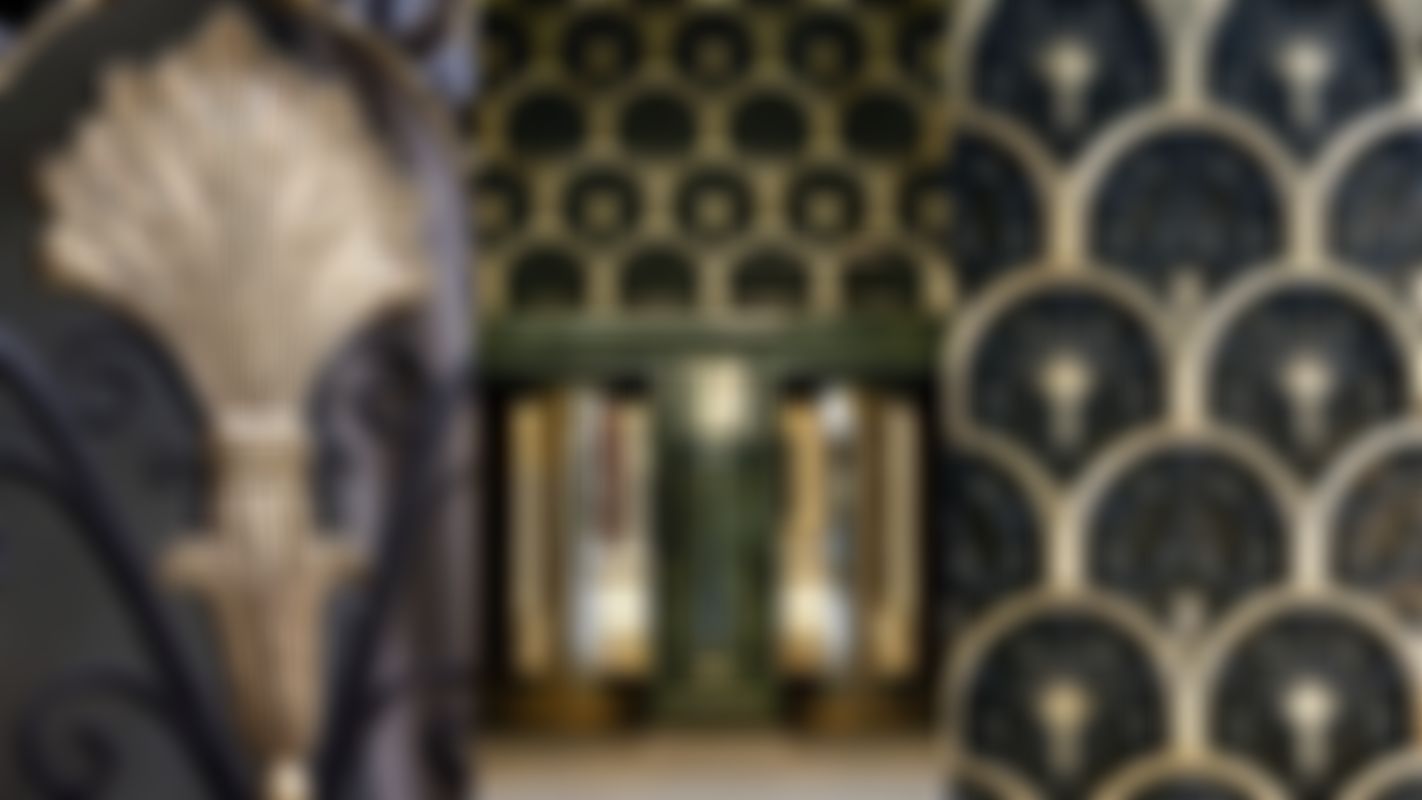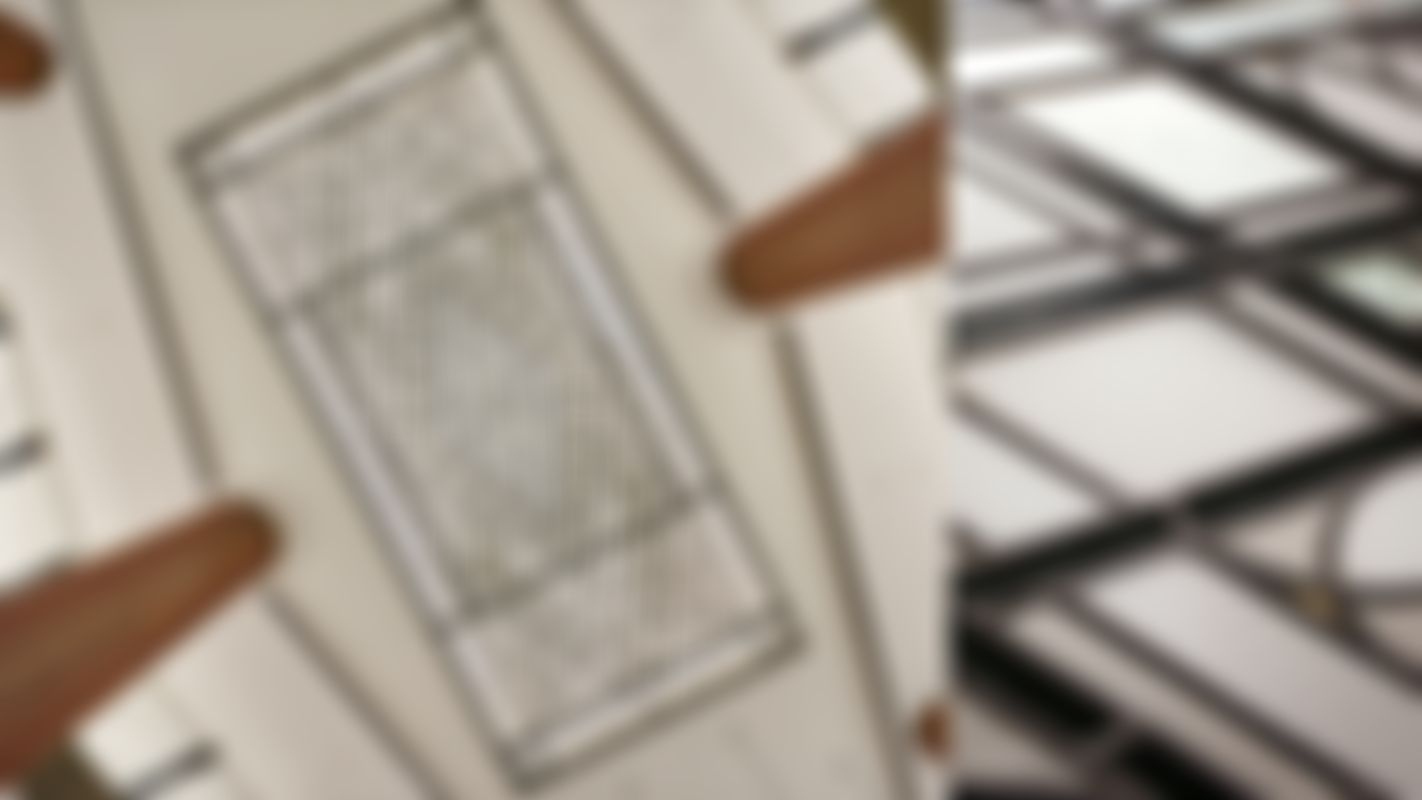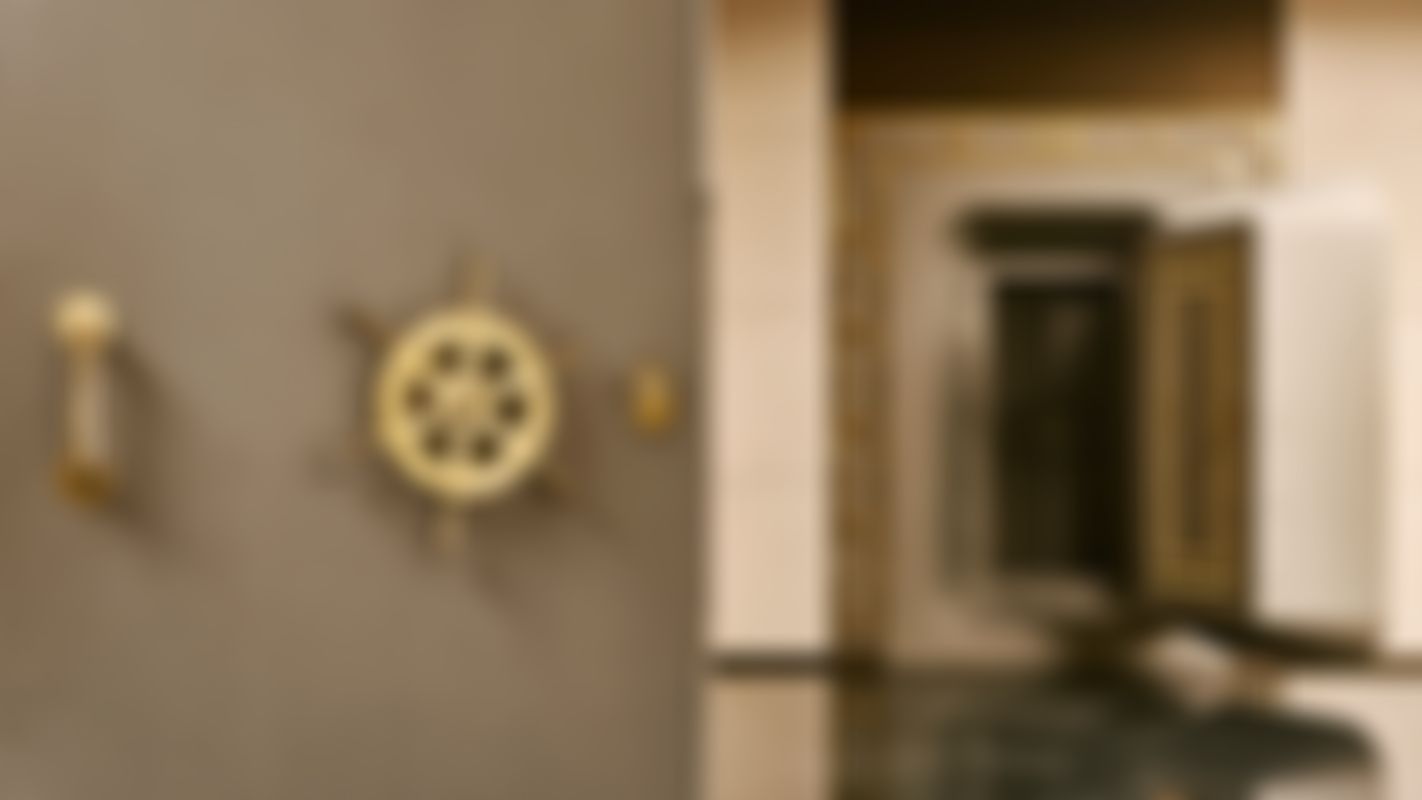1/2
History & Heritage
The history of Galería Canalejas is intrinsically linked to that of the seven monumental buildings that house it, which form a city block in the heart of Madrid between Calle de Alcalá, Calle de Sevilla, Plaza de Canalejas and Carrera de San Jerónimo. The significant historical, architectural and cultural value of these seven buildings make them a must-see on any tourist itinerary in the city.
To discover the history of these buildings is to discover the tale of the city and its inhabitants.
1887
The Equitable Life Assurance Society of the United States, an insurance company from New York, commissioned the famous architect José Grases Riera to build its central Madrid headquarters at the intersection of Calle de Sevilla and Calle de Alcalá. Known as the Palacio de la Equitativa, this building also contained private residences, the former Casino de Madrid and businesses that included the famous Joyería Sainz, which was located in the spectacular rounded bow of the building where the boutique owned by the French maison Hermès can now be found at Galería Canalejas.
1902
On 1 June 1902, the Chairman of the Banco Hispano Americano, Bruno Zaldo, and the architect from Asturias, Eduardo de Adara y Magro, laid the first stone for the bank’s new headquarters, one of the most
impressive buildings in the capital. More than a century later, its Neo-Renaissance and Neo-Baroque façade has been carefully restored to watch over the main entrance to Galería Canalejas at Nº 1 Plaza de Canalejas.
1922
On 6 May 1922, the headquarters of Banco Español de Crédito was opened inside the Palacio de La Equitativa. The opening ceremony was attended by King Alfonso XIII, for whom one the safe deposit boxes was reserved. The new owners undertook some major renovation work to adapt the building to its business needs as a bank, removing all street-facing businesses from the ground floor.
1942
In January, Banco Zaragozano opened the doors to its new headquarters at Nº 10 Calle de Alcalá. Its façade includes an extraordinary bas-relief by the Catalan sculptor, Frederic Marès, and some incredible Art Déco wrought ironwork by the Barrera family. Today, these features delight visitors as the entrance lobby to Galería Canalejas.
1/9
1999
Banco Central Hispano (formerly Banco Hispano Americano) and Banco de Santander (the owner of Banco Español de Crédito) merged into a banking operation of unprecedented size, leading to the union of their main headquarters. The interior of the Banco Central Hispano headquarters was connected to the Palacio de la Equitativa.
2012
The OHL group (now OHLA) acquired all seven of the buildings and designed the Centro Canalejas Madrid in partnership with the famous architecture studio, Estudio Lamela. Besides the three floors occupied by Galería Canalejas, the concept included the first Four Seasons hotel in Spain, 22 private residences and a new car park.
2020
The first boutique at Galería Canalejas opened its doors in the same location and offering the same services as the legendary Joyería Sainz did 130 years ago in the Palacio de la Equitativa. This is where the history of Galería Canalejas begins, heralding a new episode in the splendid tale of these seven monumental buildings that have been and will continue to be loyal witnesses to and protagonists in this authentic and bustling heart of the city.
AN UNPRECEDENT RESTORATION
8,000 square metres of façade and over 17,000 historical features have been restored by Centro Canalejas Madrid using traditional techniques, some almost lost to history and now used again for the laborious task of renovating every detail.
This work included: the impressive Art Déco stained glass window that once overlooked operations by Banco Zaragozano (1942) and now crowns the main atrium of Galería Canalejas; the original marble floors and counters of Banco Español de Crédito (1922) that have been restored and maintained today in some of the boutiques; latticework bricks; railings; friezes; and capitels.
The vault doors of the old bank safes merit special mention. These have been rescued from the basement levels of the former banks, renovated and put on display in Galería Canalejas for all to see and enjoy.
1/4
SUBSCRIBE AND GET ALL THE LATEST NEWS
Additional data privacy information


